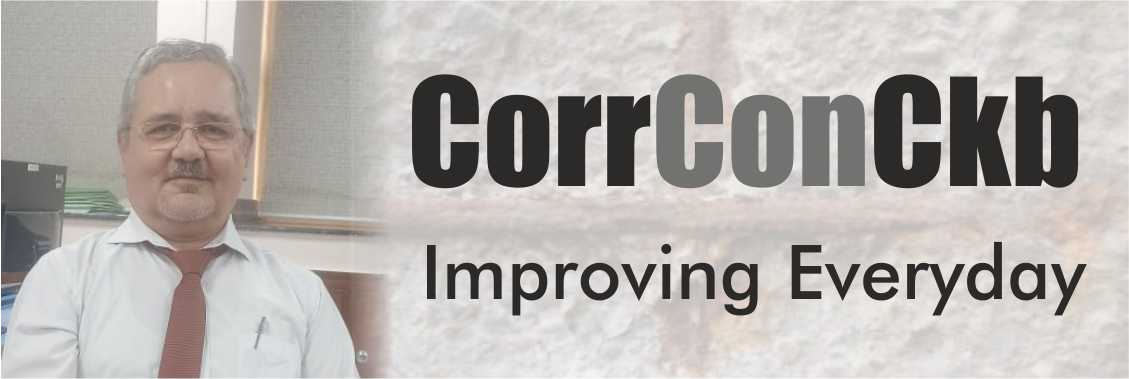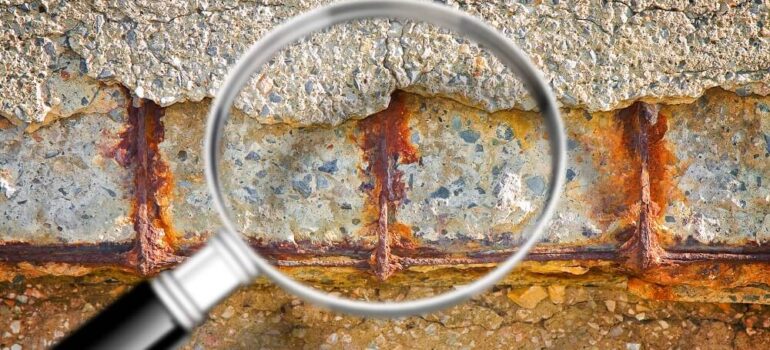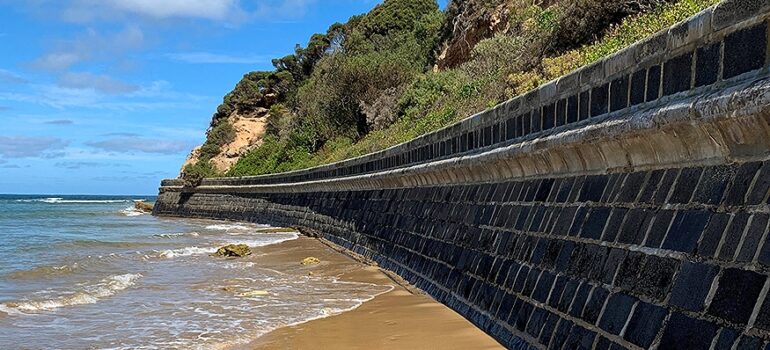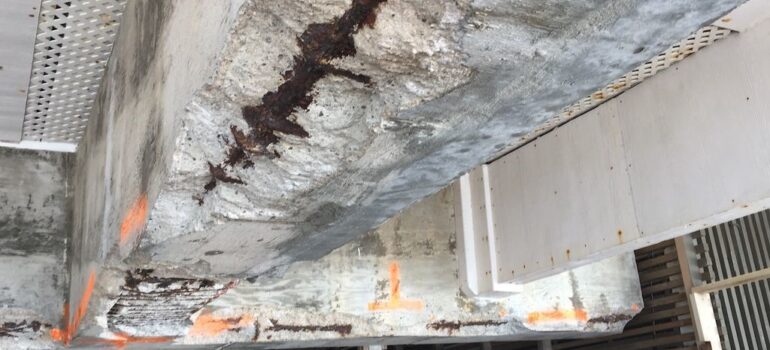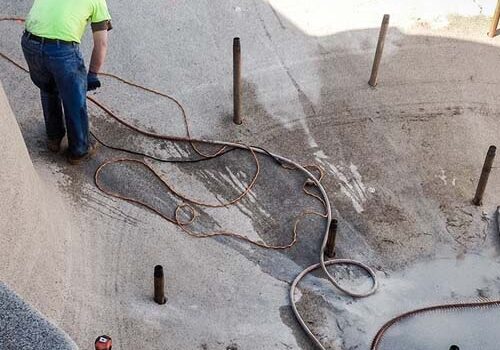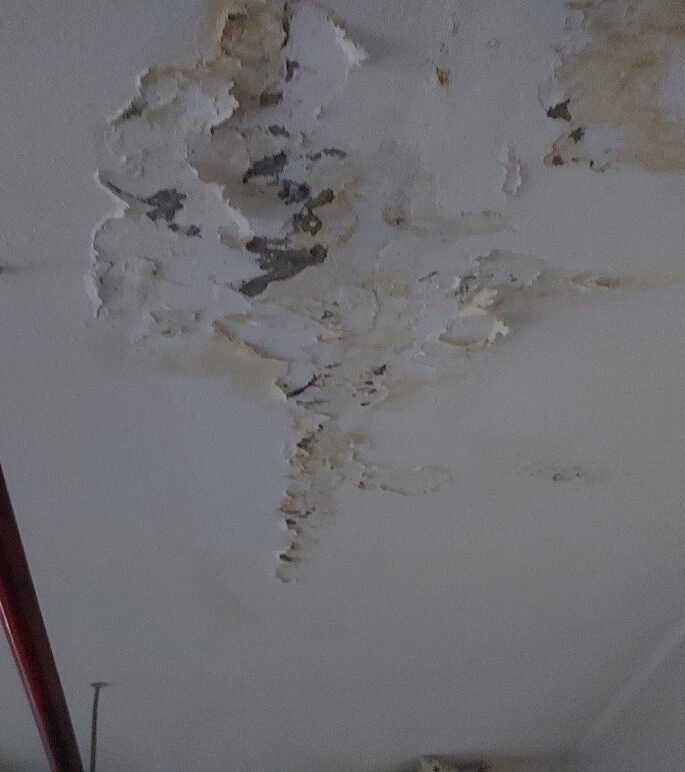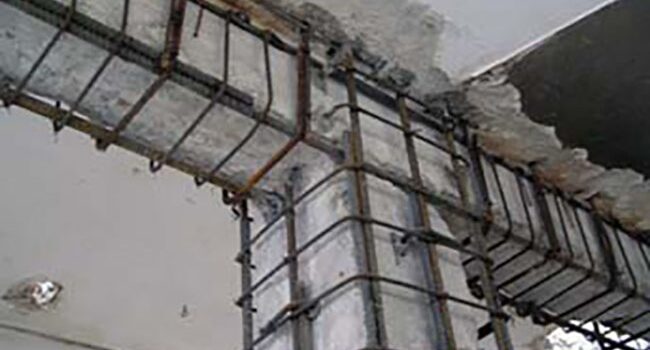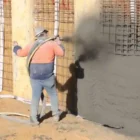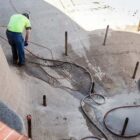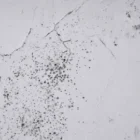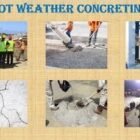Protecting concrete and steel from corrosion

As we all need protection from climate changes like Woolen ware in winter and raincoat in monsoon, concrete and steel structures also need similar protection to resist the challenging conditions.
Challenges for concrete needing protection are like this.
- High humidity,
- High temperature,
- Saline conditions,
- Reinforcement corrosion,
- Design inadequacy,
Challenges for steel needing protection are like this.
- Corrosive fumes or splash,
- Uncalled for stresses generated within the structural matrix,
- High humidity and temperature,
- Modification in functionality of the structure.
Both concrete and steel structures are prone to corrosion. Corrosion of concrete is defined as depolarization of cementatious or binding property. Corrosion of steel structure is occurrence of rust on its surface.
Concrete structures:
They are exposed to the challenging conditions at regular intervals. If UAE perspective is considered, then thermal and humidity variations are significant in this region. Hence the methodology for protecting them against getting corroded can be largely divided into two major categories.
In-build resistance to corrosive conditions,
External measures
In-build resistance for concrete matrix can be created by following measures.
Functionality of structure must match the structural design and execution.
Construction by following standard construction practices,
Treatment of construction joints and expansion joints with utmost care.
Structures with special services like water retaining structures, retaining walls, foundations for heavy machinery, mass concrete etc must be constructed by following guidelines provided in Global codes of practices.
Use of construction chemicals should be very critically evaluated before taking into execution.
